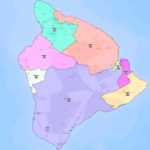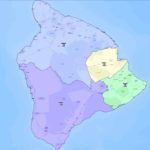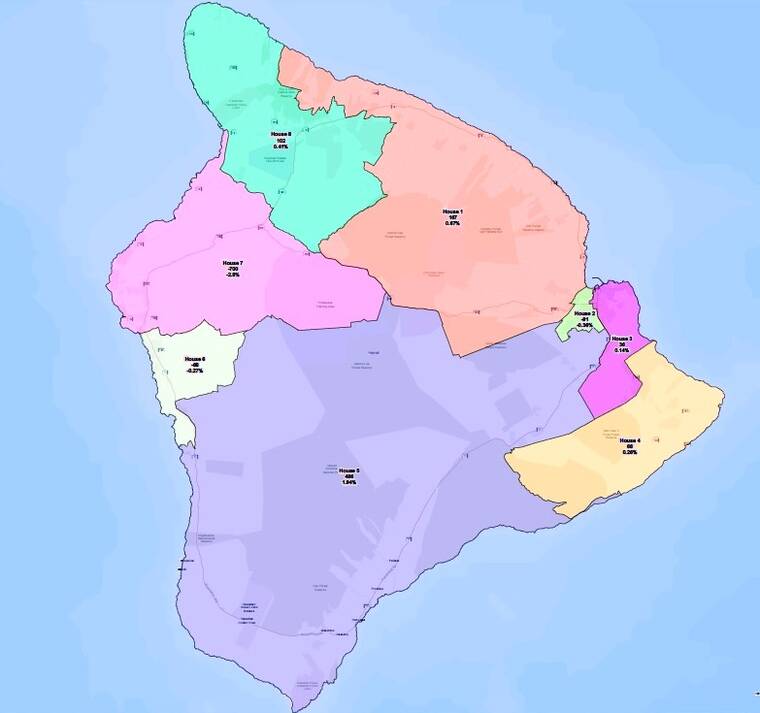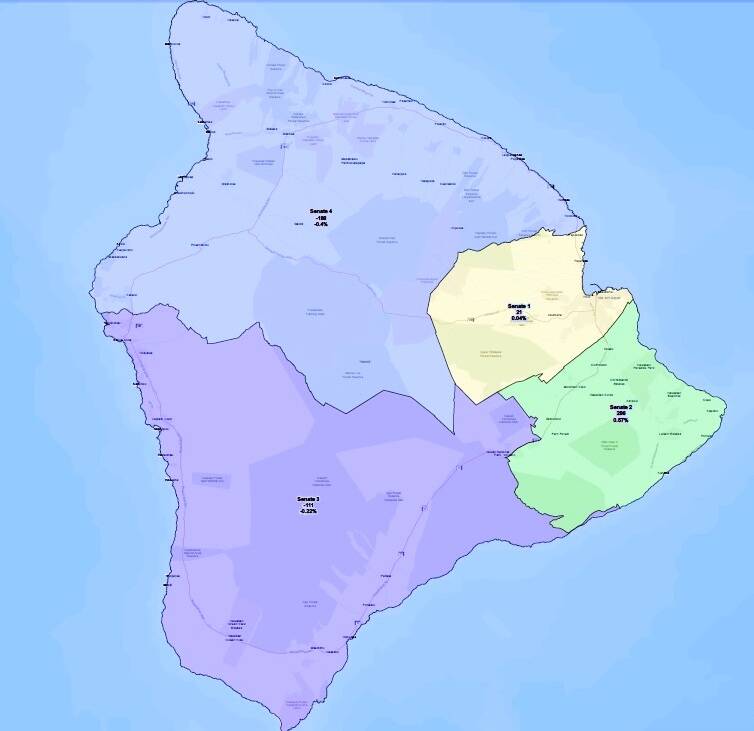The state Reapportionment Commission stayed the course Friday and finalized House and Senate election maps for the next decade, shaking off resident complaints from Hawaii Island and Oahu, citizen-produced alternative maps and even the threat of lawsuits in its 8-1 decision.
Commissioners said they were confident the maps pass constitutional muster because the state constitution sets forth guidelines, not inflexible standards.
“They follow a long iteration of taking into account the best available data that we have received,” said Commissioner Cal Chipchase, “and have been responsive to community concerns and questions where practicable.”
But many testifiers weren’t happy with the final products and in renewed efforts after months of meetings, urged the commission to take another look at the citizen-produced alternative maps.
“A number of concerned citizens are prepared to file a lawsuit,” said Puna resident Ralph Boyea, who had prepared an alternative map putting the newly added House district in Puna, rather than North Kohala, where the commission put it.
“If you vote yes to the proposed maps, you are guaranteeing a legal challenge,” added Honolulu resident Becky Gardner.
Sandy Ma, representing Common Cause Hawaii, urged the commission to reject their maps.
“The proposed final maps do not take community concerns or testimonies into account and it still splits communities of interest,” Ma said.
On the Big Island, Waikoloa residents joined their Puna counterparts asking for a different breakdown of districts. The map, which adds the newly gained House District 8, puts it in West Hawaii, rather than Puna. The Big Island was granted an eighth House seat at the expense of Oahu earlier this month after calculations of nonresident military and students came in higher than first thought.
“It is essential that the Waikoloa Beach and Waikoloa Village areas are represented by one district — we need state leaders that can holistically tackle the specific needs of our district and understand the unique set of challenges, opportunities, and issues for the area which includes Waikoloa Village, Waikoloa Beach Resort, and adjacent Mauna Lani Resort ‘territory,’” said Jessica Kiech in written testimony. “This area shares common concerns with water, waste water, environment, beach and park access, roads and highways, and other infrastructure requirements like police, fire and schools to grow with a growing community. And these issues are unique and different to those experienced in a more developed Kona area to the south.”
Puna testifiers were equally unhappy.
“Puna and Hilo do not belong in the same district. That’s like putting a strip club next to Disneyland,” said Desiree Douglas. “Puna is country, agriculture, solar energy, animals and gardens. Hilo is a city. Shopping malls, businesses, industrial areas. … This is really, really stupid.”
The sole no vote came from Commissioner Robin Kennedy, who wanted the maps to be voted on by House and Senate and by island unit rather than the plan in its entirety with one vote.
“I am supportive of some but I am against others,” Kennedy said. “I understand it is an impossible situation, but there are so many community voices not supporting it.”
But commission Chairman Mark Mugiishi said the plan needed to be adopted in its entirety so the state Office of Elections could begin the process of readying district maps in time for the March 1 start of candidate qualifying.
“Since our elections are statewide — we don’t have elections at separate days island-by-island, I don’t believe we can separate the approval process on an island-by-island basis,” Mugiishi said. “The election has to happen all together.”









